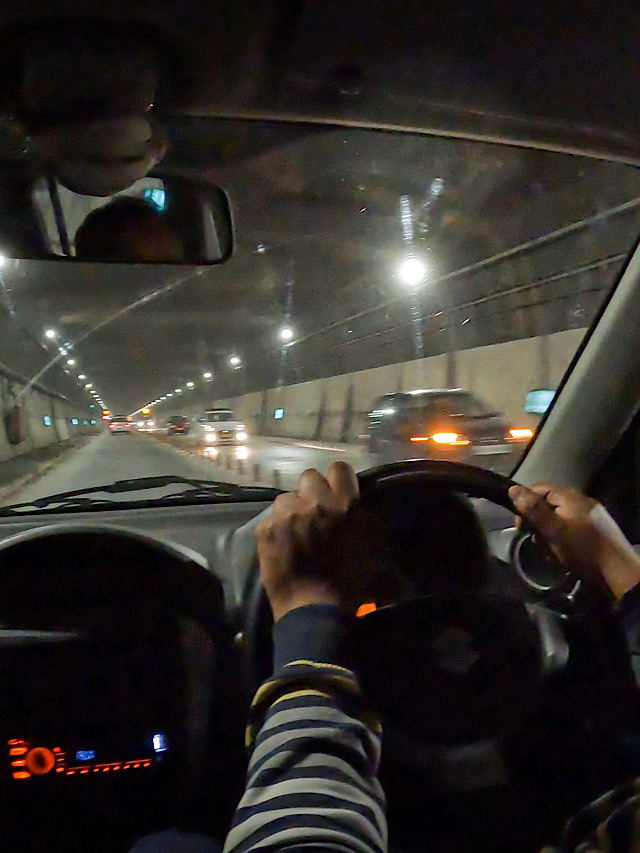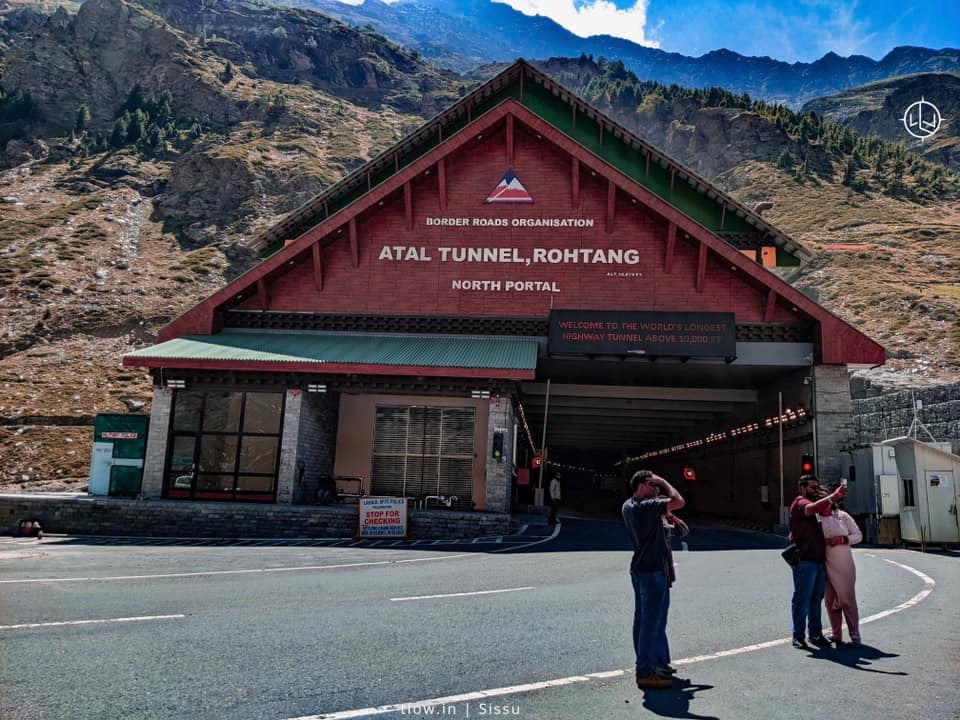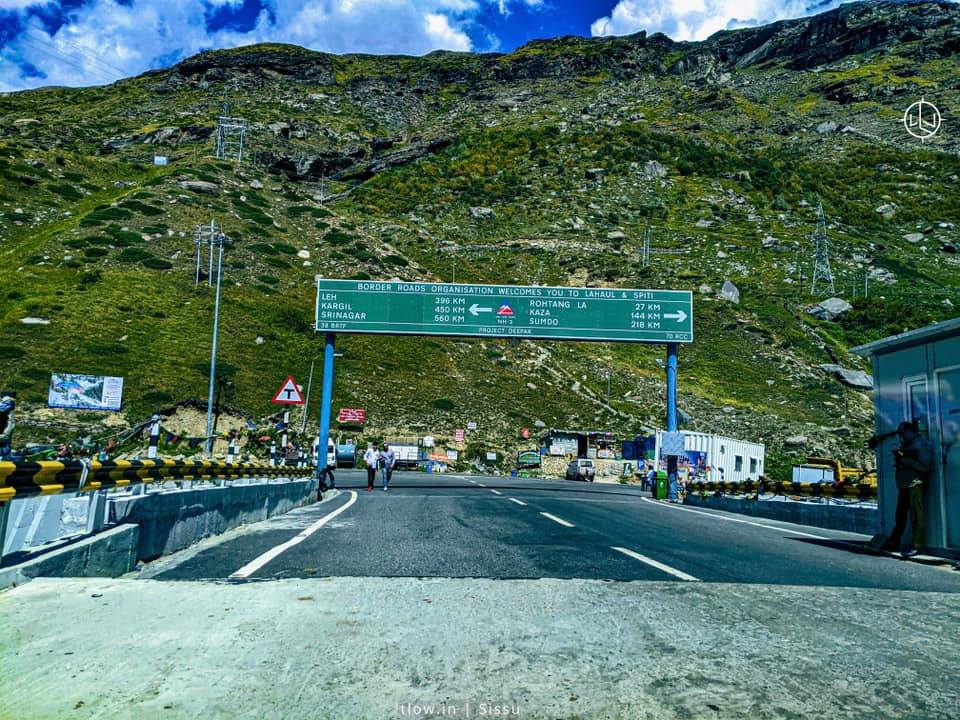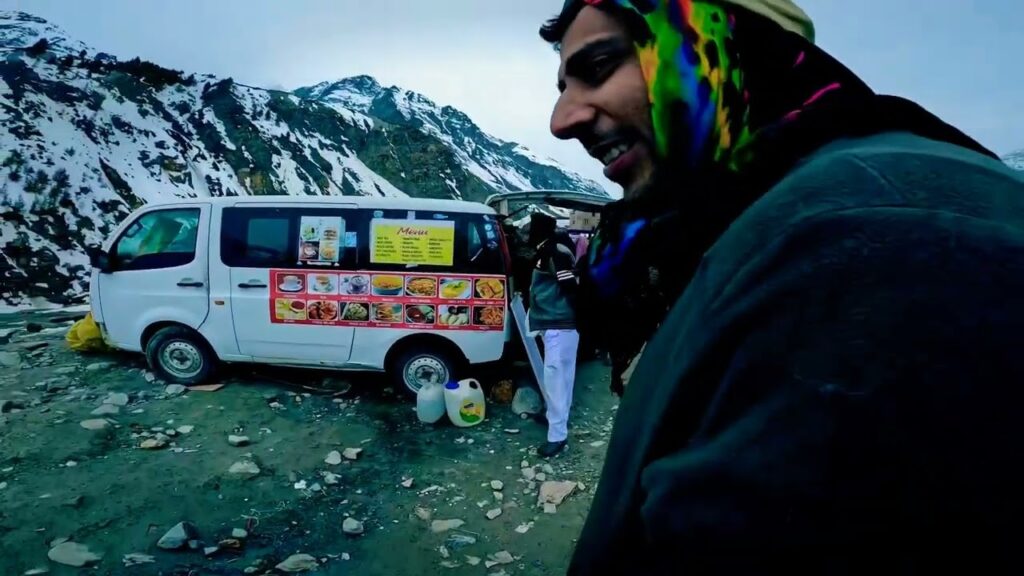
9 astonishing facts about Atal Tunnel, Manali
The Atal tunnel is built in Himachal Pradesh under Rohtang Pass and is also called the Rohtang Tunnel. Here are some facts about this road marvel that has reduced the distance of Manali from Ladakh primarily.
Table of Contents
Atal tunnel Introduction
Atal Tunnel, also known as the Rohtang Tunnel, is a road tunnel located in the Indian state of Himachal Pradesh. It is one of the longest road tunnels in the world, with a length of 9.02 kilometers. The tunnel was inaugurated on October 3, 2020, by Indian Prime Minister, Narendra Modi.
The Atal Tunnel connects Manali to Lahaul-Spiti Valley, providing an all-weather road link to the region. Previously, the Rohtang Pass, situated at an altitude of 3,978 meters, was the only route to reach Lahaul-Spiti Valley, which remained closed for about six months in a year due to heavy snowfall.
Naming
The tunnel is named after former Indian Prime Minister, Atal Bihari Vajpayee, who had initiated the project in 2000. It was constructed by the Border Roads Organisation (BRO) at a cost of approximately 3,200 crores Indian Rupees.

The construction of Atal Tunnel was a challenging task, considering the difficult terrain and harsh weather conditions in the region. It involved drilling through rock and glaciers, and required extensive blasting and excavation work. The tunnel has been equipped with modern safety features, including a firefighting system and CCTV cameras.
Opening
The opening of Atal Tunnel has significantly reduced the travel distance between Manali and Lahaul-Spiti Valley by about 46 kilometers and reduced the travel time by several hours. It has also improved access for the Indian military to the strategically important regions near the border with China.
The tunnel has become a major tourist attraction, attracting a large number of visitors who want to experience the marvel of engineering and enjoy the scenic beauty of the Himalayan region. Overall, the Atal Tunnel has brought significant socio-economic benefits to the region, promoting tourism, trade, and development in the remote areas of Himachal Pradesh.

Facts
- Atal tunnel has a length of 9.02 km, making it the highest highway single-tube tunnel above 10,000 feet (3,048m).
- The Atal tunnel has two lanes, one is for vehicles both ways and one is for self trek/walk. The operating Speed is between 40-60 kmph with a width of 10 metres (33ft).
- The tunnel is constructed at an estimated cost of Rs 3,500 crore. It has shortened the distance between Manali and Leh as well as Lahaul and Spiti by 46 kms and the drive time by around seven hours.
- The project was announced by the then PM Atal Bihari Vajpayee in June 2000. The work was entrusted to BRO in May 2002. The foundation stone of the project was laid in June 2010 by Sonia Gandhi in her capacity as the chairperson of National Advisory Council. In October 2020, the tunnel was inaugurated by PM Narendra Modi.
- Temperature variation in the area is between 0 to 20 degrees in May and negative during December-January.
6. Tunnel boring machines were not not used because of the inability to see inside the mountain, instead blasting and digging used to build the tunnel.
7. It is a highway tunnel in the Pir Pranjal range of the Himalayas on National Highway 3.

8. The tunnel is shaped like a horseshoe and has semi-transverse ventilation.
9. The tunnel has telephone facilities every 150 metres, a fire hydrant at every 60 metres, emergency exits at every 500 metres, it has air quality checks throughout as well as broadcasting and automatic incident detection system with CCTV cameras at every 250 metres.











